READY TO GET STARTED?
REQUEST A FREE ESTIMATE
Fill out the form below or call (888) 466-7849 for a free, no-obligation estimate.
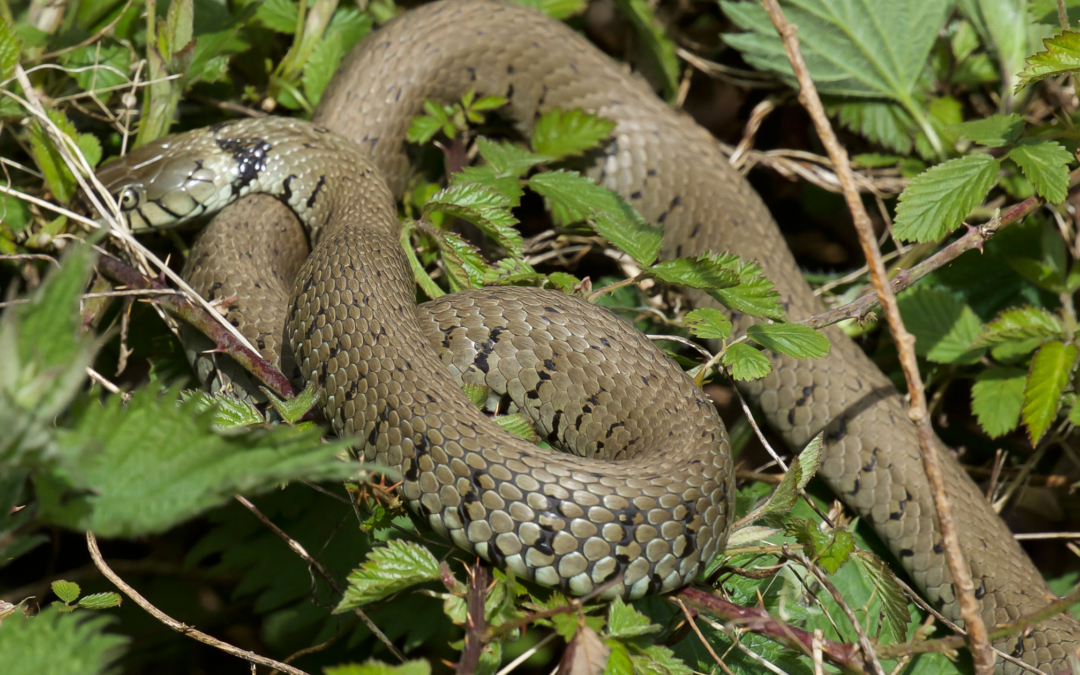
As the weather warms up in Georgia, so does the activity of one of the area’s most misunderstood creatures: snakes. With snake season approaching, it’s essential to take proactive steps to ensure your yard is prepared for these slithery visitors. Whether you’re concerned about encountering venomous species or simply want to minimize their presence around your home, proper preparation and understanding are key. Here’s everything you need to know to get your yard ready for snake season:
Snake season in Georgia typically begins in the spring, around March or April, and extends through the summer months until around September or October. During this time, snakes become more active as they emerge from hibernation and seek food, mates, and suitable habitats.
Georgia is home to a variety of snake species, both venomous and non-venomous. Some of the most common snakes you may encounter include:
While most snakes in the region are harmless and play a vital role in controlling rodent populations, it’s essential to be able to identify venomous species and exercise caution when encountering any snake.
Whether you’re gardening, hiking, or simply enjoying time outdoors, it’s crucial to practice snake safety to minimize the risk of encounters. Here are some tips to keep in mind:
While it’s impossible to completely eliminate snakes from your property, there are steps you can take to make your yard less attractive to them:
If you’re concerned about snakes or other wildlife on your property, don’t hesitate to reach out to a professional pest control company near you for assistance. Our team of experts specializes in humane snake relocation, snake control, and wildlife management services tailored to your specific needs. Request a free wildlife control quote today and enjoy peace of mind knowing your yard is in good hands.
As snake season approaches, taking proactive steps to prepare your yard can help minimize encounters and ensure a safe and enjoyable outdoor experience for you and your family. By understanding common snake species, practicing snake safety, and implementing effective deterrents, you can create a snake-friendly environment that strikes a balance between coexistence and control.
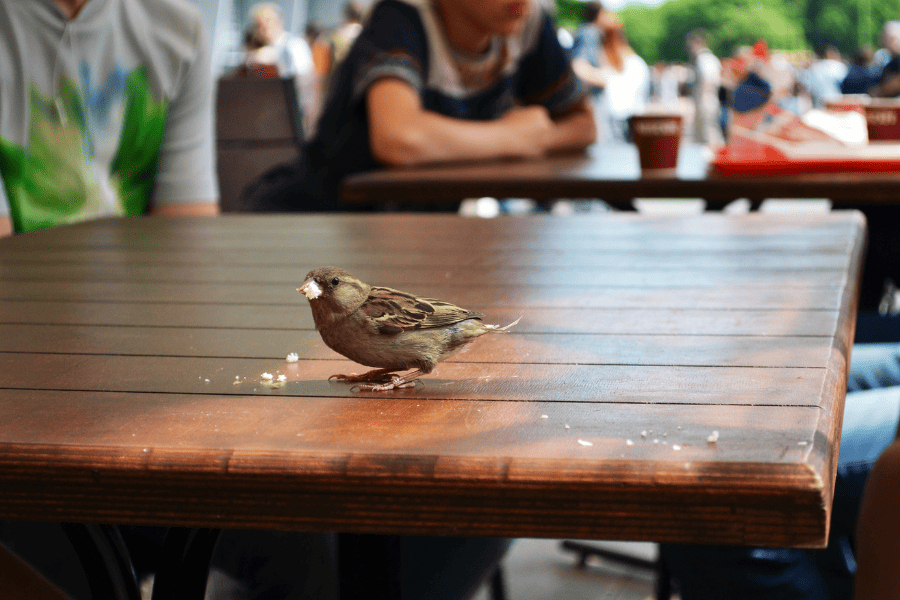
As much as birds are necessary, they can become a nuisance once they begin invading and damaging your business property and causing health concerns for your customers and employees. Whether it’s a restaurant, warehouse, commercial building, or store, these wildlife creatures can threaten your business’s bottom line. One of the best bird control methods to keep these birds from invading your business property is to create an undesirable environment for them. If you’re experiencing an influx of bird activity, there are several methods you can utilize to safely deter them from your business.
Create an environment less inciting to birds by removing limbs and branches from your business property. Additionally, look to routinely trim any surrounding trees around your property and if you have a lawn keep it mowed.
Consider mounting a plastic hawk or owl decoy on the roof of your building to scare nuisance birds away. Bird spikes and optical gel are another great tool to place on top of the building to encourage birds to perch and nest elsewhere.
Many birds are known to create nests around or under HVAC units because of the availability of water and shelter. To avoid this, consider netting or blocking off the area around your HVAC unit. If larger areas need excluding, it’s best to contact your local pest management company for assistance.
Birds will continue to visit your property if there’s access to food sources. It’s crucial to make food and water sources inaccessible as much as possible by promptly removing all food debris and standing water. Likewise, discourage customers from feeding birds if they happen to land around your business.
There are state rules and regulations on controlling birds from properties, so it’s best to contact your local wildlife control company to assist with any bird nuisance. These bird control professionals will provide you with a thorough inspection of your business and recommend the best methods to remove and prevent these birds from your property in the future.
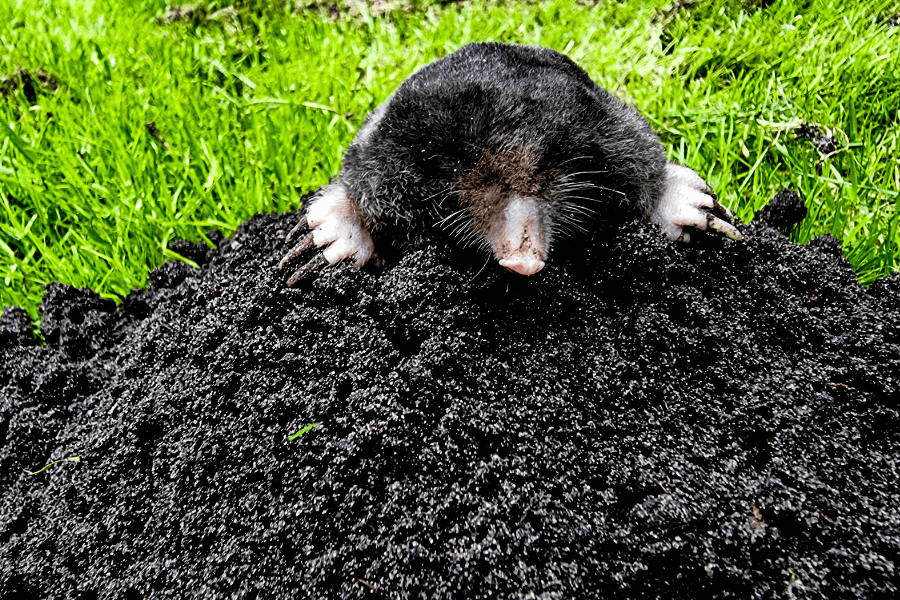
Moles can be one of the most destructive pests for yards. Once these creatures invade, they will dig and destroy your yard! One of the best steps for mole prevention on your property is understanding what’s bringing them there in the first place.
Moles are looking for one thing in on your property – food! Moles need a plenty amount of food source to survive and tend to eat various lawn insects, including grubs, earthworms, and other bugs. If you have available food sources in your yard, they will dig through to get it and leave behind tunnels, holes, and mounds of dirt. Moles can dig up to 18 feet per hours and as they are digging will detach the roots of plants to not only allow weeds to grow but will also kill the lawn, plants, and trees too.
Some common signs that a mole has invaded your yard include,
Mole prevention starts with reducing the sources that are attracting them in the first place. Check out our do-it-yourself mole control tips:
If you suspect a mole infestation on your property or other wildlife creatures, contact your local pest control company for a free evaluation.
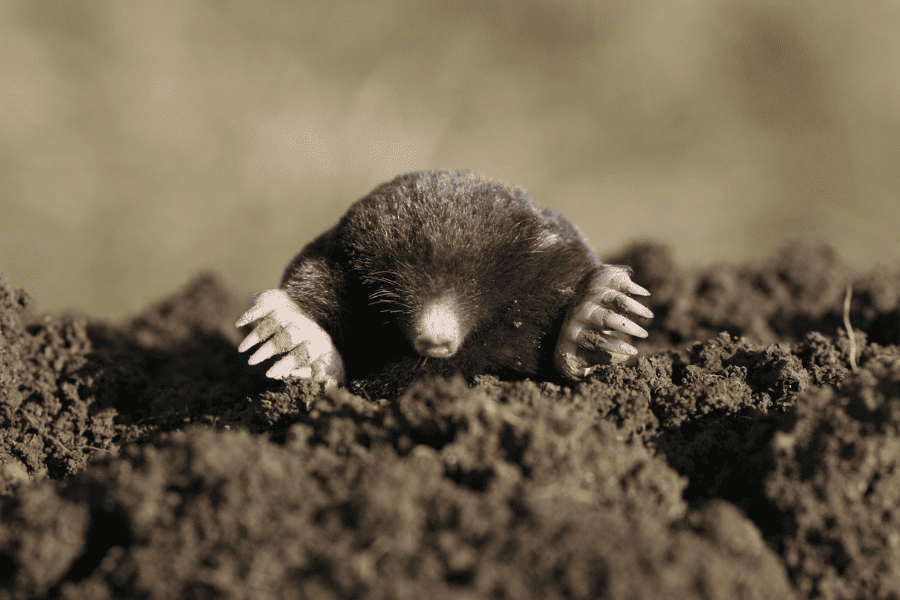
Georgia homeowners take pride in their yard and spend money and time to perfect it, which is why having a mole infestation can be so frustrating. Moles are looking to your home for a food source and will dig up your manicured lawn in the process! Understand moles and how you can prevent them from invading your Georgia property in this blog.
Moles are small animals, ranging between 4 and 11 inches in length, can weigh up to 8 ounces, and have a grey to brown body color. They have a small pair of eyes, and no external ears and are often known for their long, thin, and hairless snout. Moles don’t have the best vision but have an exceptional sense of smell. These creatures also have large front feet with webbed toes, which helps them burrow underground and search for food.
Moles invade yards for one reason – to search for food. If they’ve sensed food on your property, they will dig underground to find it. Moles’ diets consist of many lawn pests, including grubs, earthworms, mole crickets, and ants. These creatures also prefer damp earth as well. Once they’ve found a food source in your yard, they will create tunnels underground, damaging root systems of your grass.
The best way to avoid moles is to make your yard undesirable to them. Check out our top mole prevention tips for Georgia yards:
A mole infestation can happen quickly and can be difficult to control and eliminate. The best and most effective way to remove and control moles is to contact your local wildlife control and pest control company for help. These pest professionals will set you up with an ongoing pest control service and schedule visits to identify the mole problem early and provide you with a treatment and prevention plan.
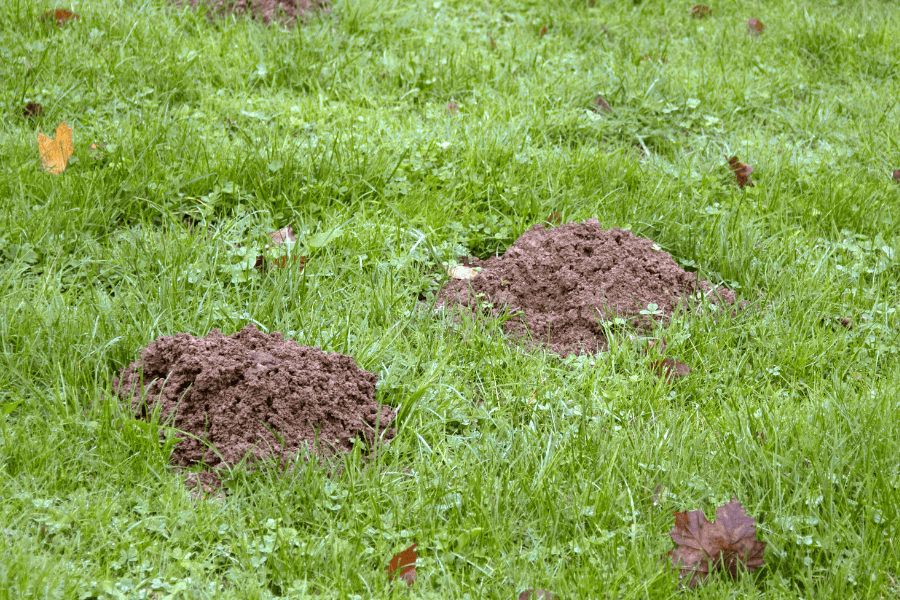
A perfectly manicured yard can be destroyed by moles in an instant! These creatures dig tunnels in search of lawn pests in your yard, including grubs, earthworms, and other bugs. Once moles invade, it can be difficult to control and remove them from your property as they can go undetected for long periods of time. One of the best ways to understand mole prevention is understanding the signs of their activity in the first place. We break down common mole signs and the preventative measures to place at your home to avoid their destruction.
There’s no one sign that can pinpoint moles in your yard but there’s several to lookout for if you suspect you’ve got a mole infestation, including:
If you’ve noticed any or all of these signs on your property, it’s likely that you have a mole in your yard.
There are several methods you can utilize to avoid mole activity. Consider the following mole control tips and tricks:
Since moles live underground, it can be difficult to prevent and control them. The best treatment for moles is target elimination through baiting, which is best done by a professional wildlife control company. These expert professionals will be able to track the mole, strategically place traps, utilize effective baits, treat the mole tunnels to avoid another mole infestation, and monitor the tunnels to ensure all moles have been removed. If you suspect moles in your yard, call your local wildlife control company for a free evaluation.